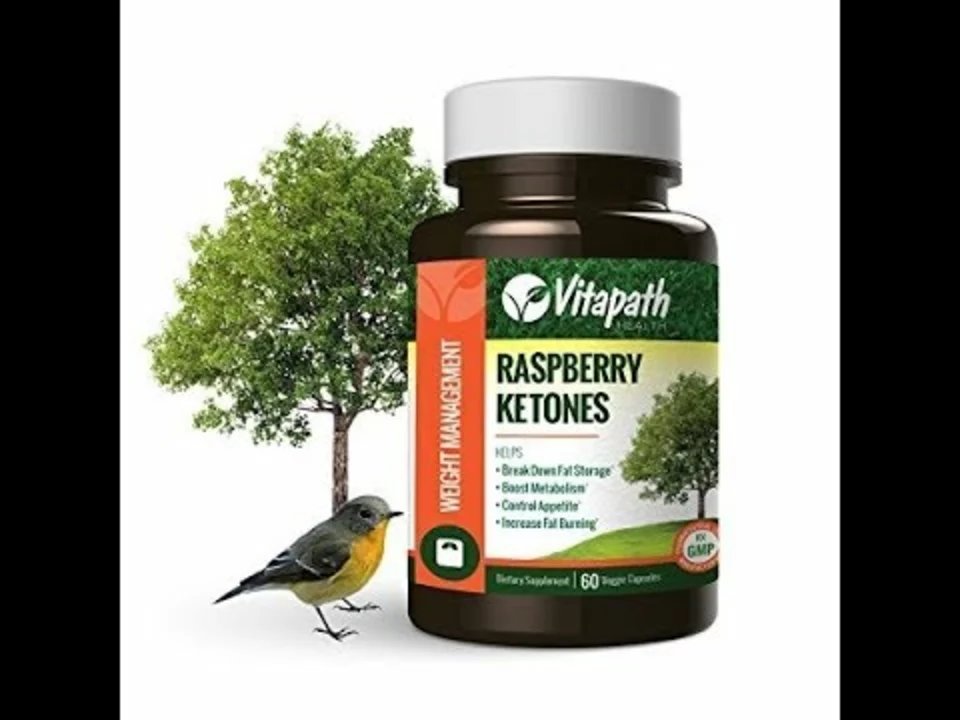Broom Corn Guide: Grow It, Harvest It, Use It
Want a plant that gives you natural broom heads, long decorative stems, and a neat crop to grow in a small patch? Broom corn is that plant. It’s actually a kind of sorghum bred for long, sturdy seed heads instead of grain. You can grow it in most warm-season gardens and use it for functional brooms, crafts, or dried arrangements.
Quick facts and when to plant
Broom corn likes warm soil and full sun. Sow seed after the last frost when soil temps are at least 60°F. Expect 90–120 days from planting to harvest depending on the variety and heat. Plants range from 3 to 7 feet tall—taller types are best for making brooms.
Planting tips:
- Sow seeds 1 inch deep, 12–18 inches apart in rows 30–36 inches apart for easy access.
- Thin seedlings so stems have room to grow straight and tall.
- Keep soil evenly moist until plants are established, then water deeply but less often to encourage strong stems.
Care, pests, and feeding
Give broom corn consistent water during the growing season. A side-dressing of nitrogen when plants are 12–18 inches tall helps stem growth. Avoid over-fertilizing late in the season—too much leafy growth can weaken stems.
Watch for birds that love the seed heads; netting or scare tactics work. Aphids and rust can show up—treat aphids with insecticidal soap or strong water spray and improve air flow to reduce fungal issues. Rotate crops and avoid planting broom corn in the same spot year after year to limit disease build-up.
Harvest when seed heads are fully formed but before seeds shatter. For broom-making, many growers cut stems when seed heads are firm and slightly colored—stems should bend without snapping. Cutting too early gives small heads; too late seeds drop and heads loosen.
Drying and storage: bundle stems in bunches of 25–50, tie loosely, and hang in a dry, ventilated spot away from direct sun. Drying takes 1–3 weeks. Once dry, trim leaf sheaths and sort stems by straightness. Store bundles in breathable sacks or hang them to keep pests away and maintain straightness.
Using broom corn: for functional brooms, line up long straight stems, tie tightly at the handle point, and stitch the binding with twine or use a broom-making needle. For crafts, dye heads with fabric dye or spray paint and use in wreaths or floral displays. Even shorter varieties look great in small arrangements.
Final tip: start small. Grow a few plants to learn drying and binding, then scale up. Broom corn is forgiving, useful, and gives a satisfying finished product you can actually use around the house.

